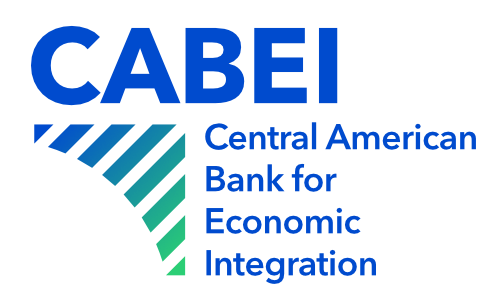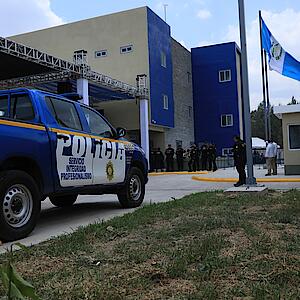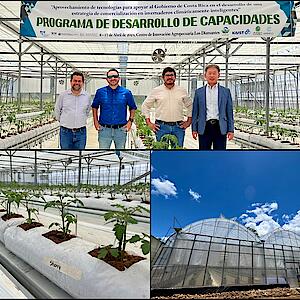CABEI will channel the Infrastructure Investment to the Region

Honduras and Nicaragua are among the major beneficiaries of contributions from the new Mesoamerican cooperation mechanism.
The Central American Bank for Economic Integration (CABEI), the financial arm of the Central American Integration System, will facilitate the quick and effective channeling of approximately US$160 million for infrastructure works in the region.
The financial resources come from the Infrastructure Fund for countries in Mesoamerica and the Caribbean, whose creation and implementation were announced today in Montevideo by the Mexican Government.
The creation of this cooperation mechanism was mentioned by the President of Mexico, Mr. Felipe Calderón, last December, during the 13th Summit of the Tuxtla Dialogue and Agreement Mechanism, an initiative that CABEI has accompanied and supported for over 20 years.
This morning in Montevideo CABEI Executive Vice President Mr. Alejandro Rodríguez Zamora highlighted the consistent cooperation between Mexico and the Central American region over the years, and he also emphasized the importance of strategic partners like the IADB in this kind of effort.
The CABEI Vice President noted that in order to fulfill its mission to promote economic integration and balanced economic and social development of the Central American countries, CABEI channeled financial resources to the region amounting to US$13.85 billion between 2006 and 2010 and an additional US$1.37 billion during 2011.
Mr. Rodriguez Zamora also said that, "In the framework of Puebla Panama Plan and the Mesoamerica Project, CABEI has financed programs, projects and technical and financial cooperation to foster regional integration, amounting to more than US$1.8 billion."
He also announced that as a result of the joint efforts of the Mexican, Honduran and Nicaraguan governments, CABEI and the IADB, a number of projects have been identified that will be executed in the near future in the Central American region.
These projects include the expansion and improvement of the Villa San Antonio-Goascorán highway and the Choluteca-Guasaule highway stretch of the Pacific Mesoamerican Corridor, in Honduras, and the reconstruction and improvement of the Empalme Izapa - Empalme Nejapa Highway, in Nicaragua.
The International Inter-American Highways Network (RICAM1) and its corridors: Pacific, Atlantic, Caribbean Tourism and Interoceanic were identified for support under the guidelines of the Infrastructure Fund for Mesoamerica and the Caribbean. Vice President Rodríguez Zamora said, "The focus on this transportation network opens up new possibilities for Mesoamerican integration by facilitating the flow of goods and people, as well as connecting population centers and productive areas."
He emphasized that the selected construction works to be carried out in Honduras and Nicaragua will promote road safety and integration, as well as increase intra-regional trade. It will also promote timely and efficient service at ports and borders and reduce operational and maintenance costs by increasing fuel consumption savings. The execution of these projects will create job sources and income for families and governments in the region and contribute to increased competitiveness.
Mr. Rodríguez stressed that, "Mexico has been a key strategic partner in our efforts to promote economic and social development in the Central American region. Since November 1992, with its incorporation to the Central American Bank for Economic Integration as an extra-regional member, it has significantly contributed to the Bank’s work."
“The commitment of the Central American Bank for Economic Integration to support the efforts being made by each and every one of the countries and governments in the region in order to foster a Central America whose citizens can live with dignity, peace, progress and socioeconomic development," said Mr. Rodriguez.



